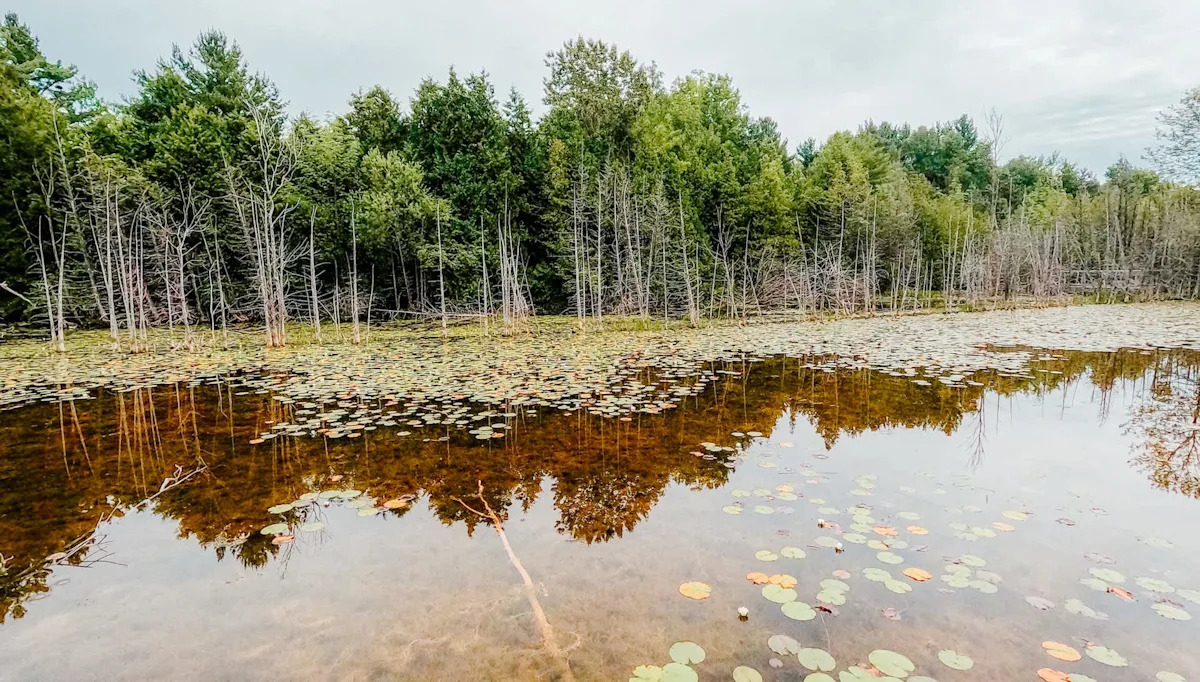A furry, 5-pound rodent is becoming an unlikely champion in the battle to save Great Lakes wetlands from invasive plants, reported Michigan State University’s Spartan Newsroom.
The common muskrat, a semi-aquatic mammal about 2 feet long, naturally clears out problem vegetation as it goes about its daily life. A new study published in Freshwater Science shows these animals could offer lessons for protecting native ecosystems.
Shane Lishawa, a research associate at Loyola University in Chicago, worked with scientists from the Sault Ste. Marie Tribe of Chippewa Indians to study muskrats at Munuscong Marsh in Michigan’s eastern Upper Peninsula.
Non-native cattails have spread across Great Lakes wetlands for more than 100 years. They’ve been around so long that most people assume they’ve always been there.
“The thing that’s unique about invasive cattails compared to many of the other invasive plants that we see is that it’s been present for over 100 years in the Great Lakes region,” Lishawa said, according to MSU. “And so, we have this perception that that’s the way these wetlands have always been.”
These invasive cattails, along with another pest plant called European frogbit, take over wetlands and push out native species.
Restoring native plant diversity in wetlands improves water quality by filtering pollutants, reduces flooding by absorbing excess water, and supports fish and wildlife populations that local communities depend on for recreation and drinking water.
Muskrats build lodges from plants and dig burrows in riverbanks for homes. As they work, they create clearings in the dense invasive vegetation.
Researchers used drones to map muskrat lodges and track the plants around them. They discovered the animals were clearing out cattails and European frogbit, creating space for native plants to grow back.
The team tested whether people could copy what muskrats do naturally. They tried underwater weed-whackers and herbicides. Both methods worked to cut down invasive plants, but muskrats did something extra: They cleaned up dead plant material that helps cattails spread even more. Muskrats also did a better job removing European frogbit than human methods.
How often do you feel hopeful about the future of the planet when you read news stories or watch entertainment content?
Click your choice to see results and speak your mind.
Muskrat numbers across North America are dropping. A 2017 study found major population declines between 1970 and 2012, with some states losing more than 90% of their muskrats. Scientists think habitat loss and changes to water levels might be to blame.
In Great Lakes Ojibwe creation stories, Wazhashk the muskrat sacrifices itself to bring up mud from deep water, creating the island where life can exist.
“These are sort of like, ‘lowly’ creatures,’ and I think that it’s really easy for people to discount the sort of importance of creatures like muskrats that are often considered pests,” Lishawa said, encouraging people to “appreciate [muskrats’] role in our ecosystem and their role in maintaining the function of the Great Lakes system and maintaining the biodiversity of the system,” according to MSU.
The research shows how local action to protect native species can create wider environmental benefits.
Join our free newsletter for good news and useful tips, and don’t miss this cool list of easy ways to help yourself while helping the planet.

